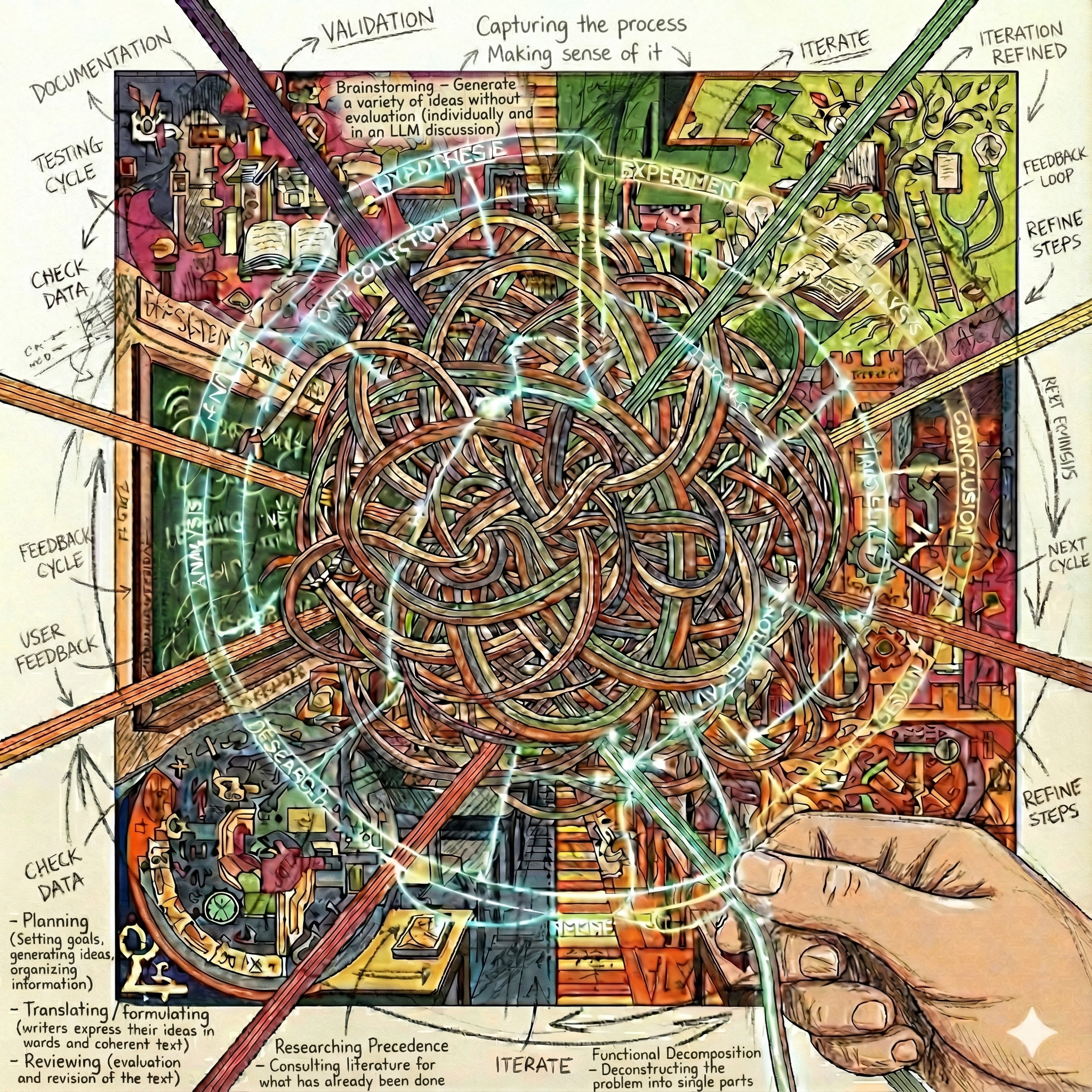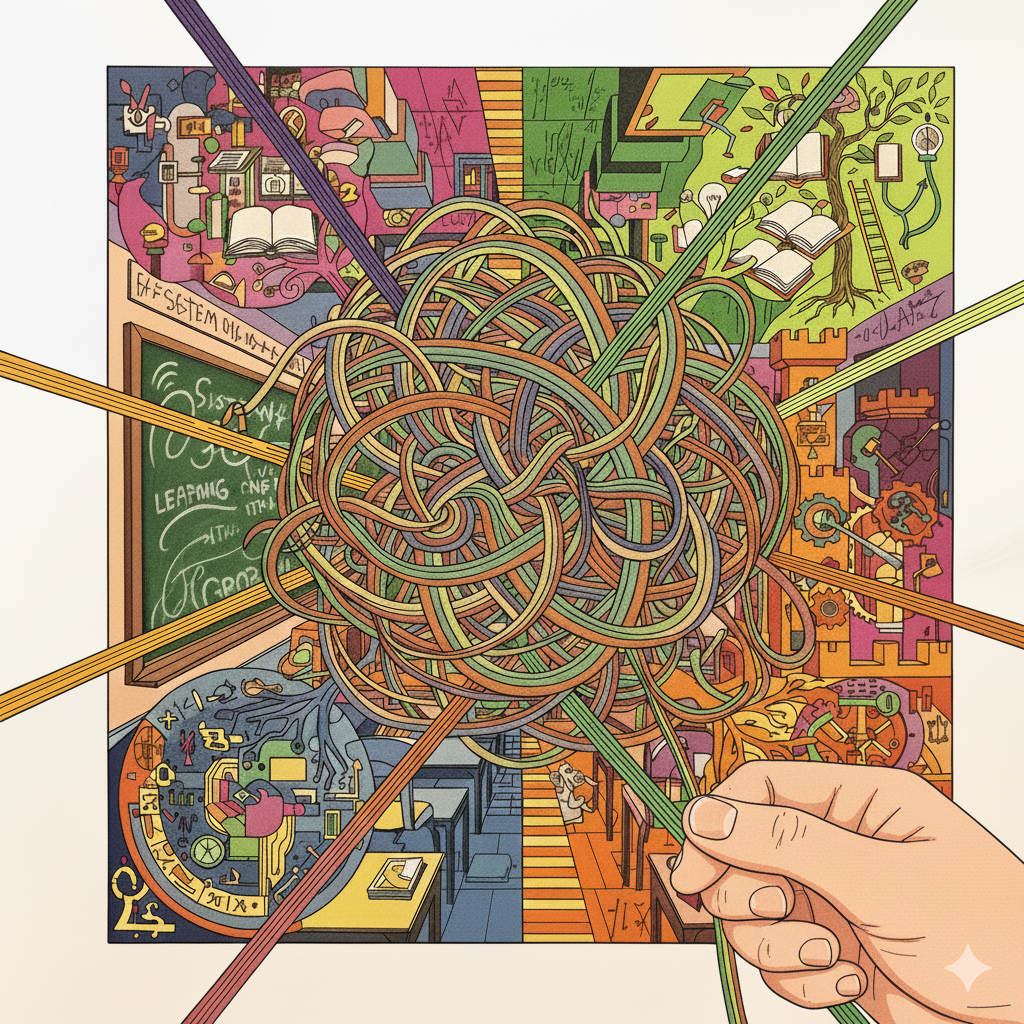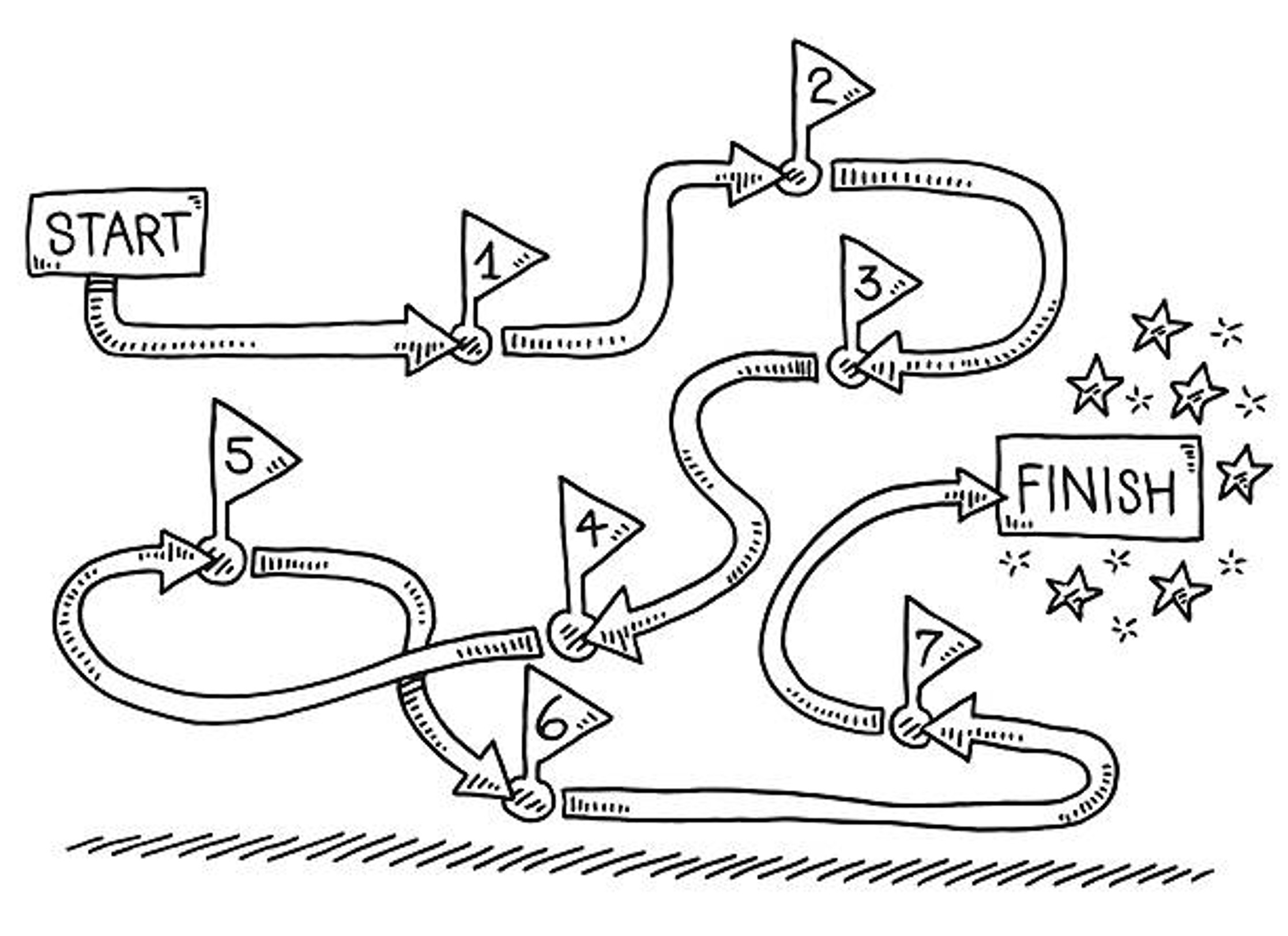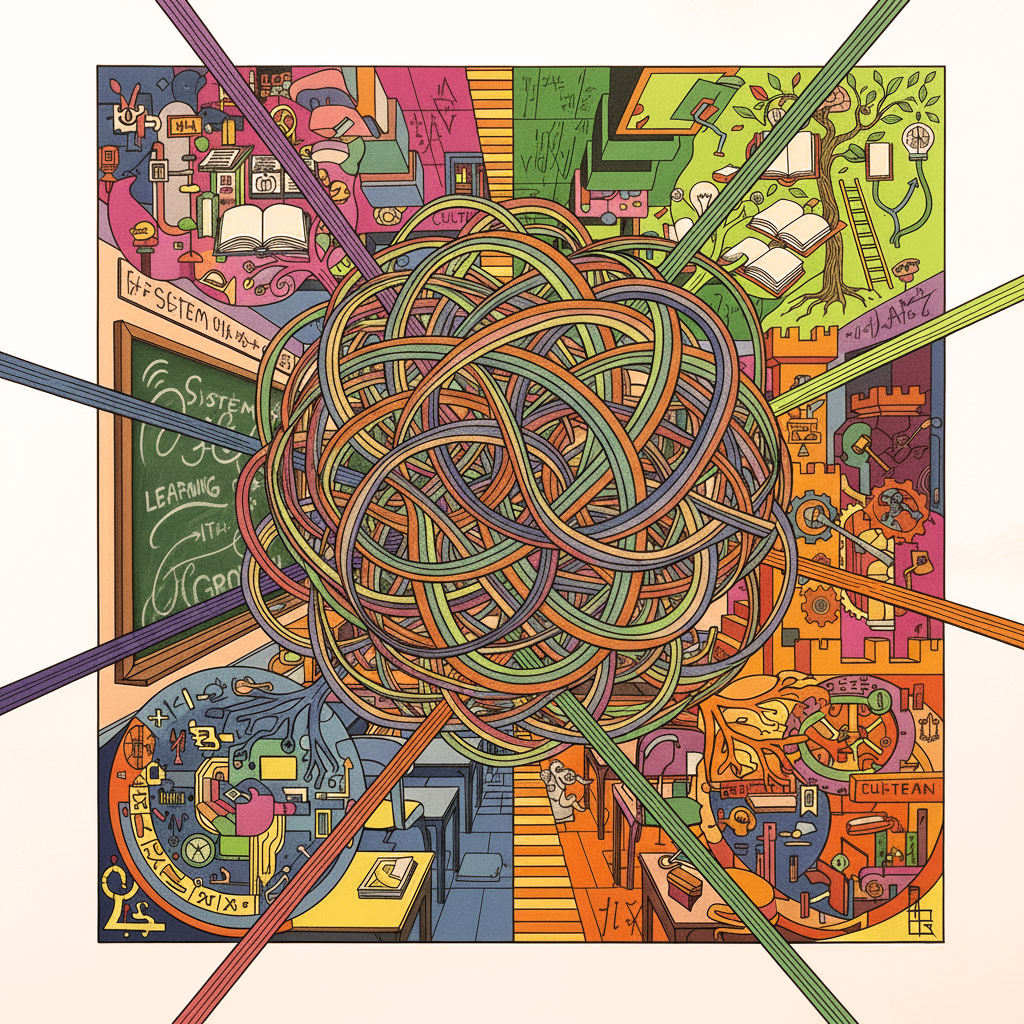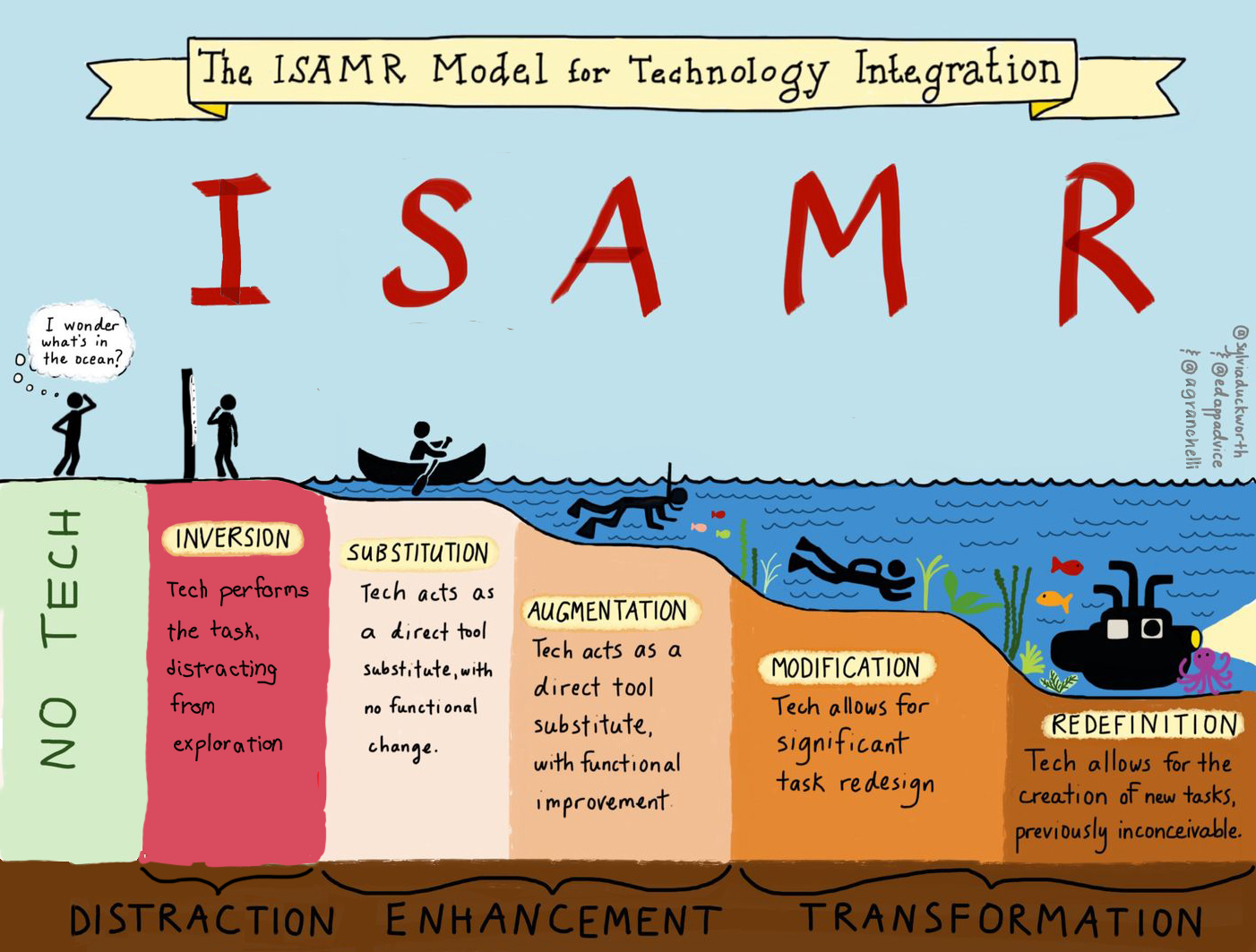My PhD Journey in Educational Technology
Educational technology has long shaped how we teach and learn, engaging education in an ongoing, reciprocal process of change and redefinition. Today, Generative AI is accelerating this evolution—reshaping industries and sparking global conversations about the future of learning. As a designer and educator, my PhD journey explores this dynamic intersection, delving into how we can harness these powerful tools to create more personalized, creative, and human-centred learning experiences. Join me as I navigate this evolving field, sharing my research, designs, and discoveries along the way.
University of Victoria, 2025 – 2029
-
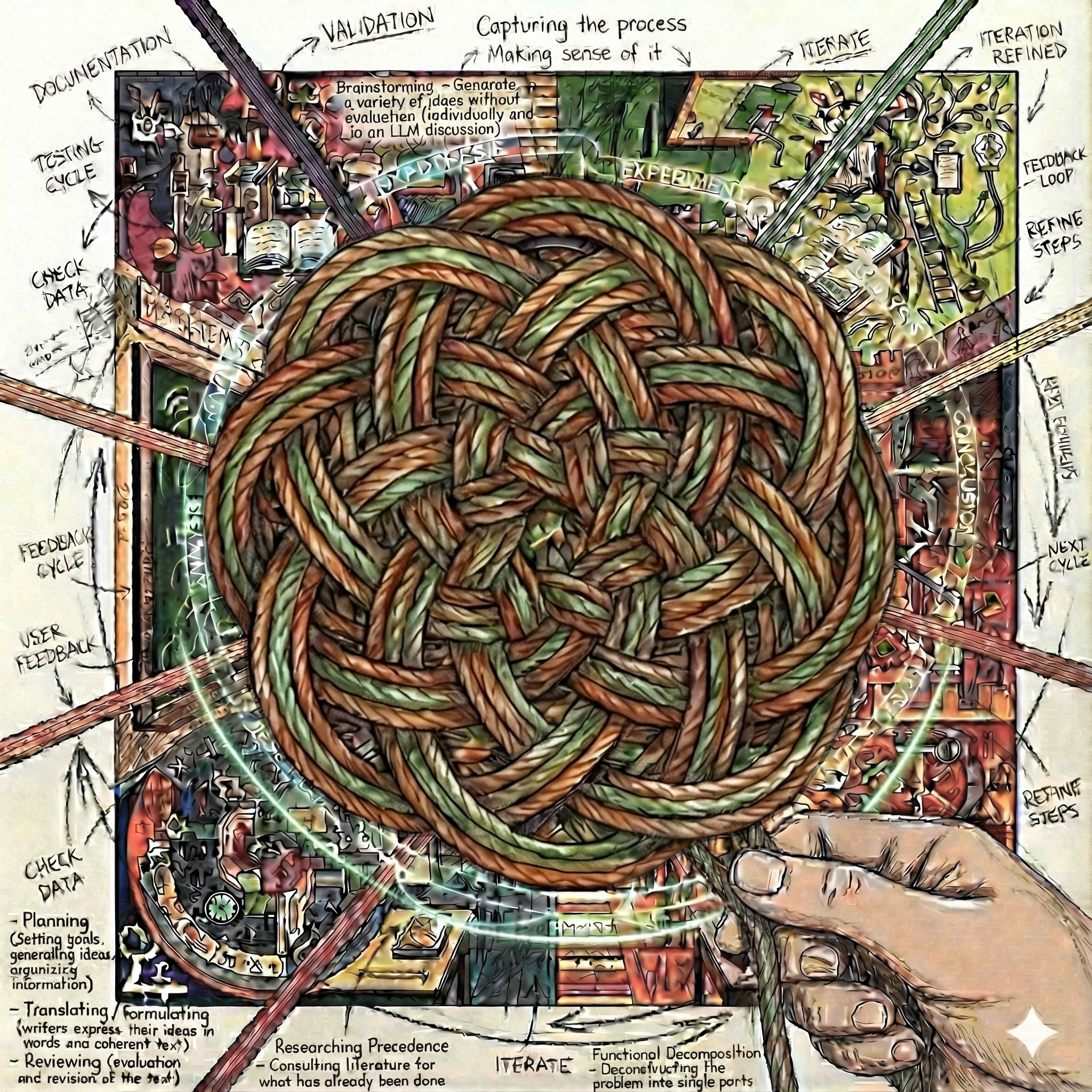 Assessing Writing of Undergraduate Students in a GenAI World
Assessing Writing of Undergraduate Students in a GenAI WorldThe final phase of the Double Diamond design process is to converge the solution space, ultimately to one final solution for the problem. Within the problem space of assessing writing of undergraduate students in a generative artificial intelligence (GenAI) world, the problem to solve is: “How can we make the learning that occurs while writing…

-
 Assessing Writing of Undergraduate Students in a GenAI WorldDesign Process · Education Practice & Theory · Generative Artificial Intelligence · PhD in Educational Technology · User Experience
Assessing Writing of Undergraduate Students in a GenAI WorldDesign Process · Education Practice & Theory · Generative Artificial Intelligence · PhD in Educational Technology · User ExperienceI am exploring the problem space of assessing writing of undergraduate students in a generative artificial intelligent (GenAI) world through a double diamond design process. I first explored the problem space in order to better understand the problem, in Attempting to Define a Wicked Problem, before converging on a singular problem statement, in Converging a…

-
 Exploring Affordances and Limitations of Generative Artificial IntelligenceDesign Process · Education Practice & Theory · Generative Artificial Intelligence · PhD in Educational Technology · User Experience
Exploring Affordances and Limitations of Generative Artificial IntelligenceDesign Process · Education Practice & Theory · Generative Artificial Intelligence · PhD in Educational Technology · User ExperienceGood designers need to engage in many perspectives, oftentimes simultaneously. That is, the ability to move fluidly between different frames of mind throughout the process, from managerial to focused and from divergent to convergent. Additionally, strong and confident design emerges from the ability to integrate and leverage external support and diverse perspectives—to see things how…

-
 Assessing Writing of Undergraduate Students in a GenAI WorldDesign Process · Generative Artificial Intelligence · PhD in Educational Technology · User Experience
Assessing Writing of Undergraduate Students in a GenAI WorldDesign Process · Generative Artificial Intelligence · PhD in Educational Technology · User ExperienceUsing the Double Diamond design process, I began exploring the problem space of assessing undergraduate writing in a generative artificial intelligence (GenAI) context. I examined the literature and conducted simulated stakeholder interviews to understand the extent and nuance of the challenge. You can view the whole journey here: Attempting to Define a Wicked Problem. This…

-
 A Literature Review
A Literature Review
-
 Insights for Shaping My Own Dissertation
Insights for Shaping My Own DissertationI reviewed three dissertations related to my interests to gain an understanding of what the final product of my own dissertation may look like. I initially searched for process-oriented assessment practices and process pedagogy. Somewhat surprisingly, this resulted in dissertations mostly in writing education. From my current understanding, process pedagogy can be applied across disciplines,…

-
 A Review of Three Academic Journals
A Review of Three Academic JournalsThis is a brief review of three journals that are applicable to my area of study. In choosing which journals to review, I turned to publications that I have found impactful throughout my SSHRC and literature review process. Prior to this process, I paid little attention to scholarly journals beyond their credibility. Quickly, it became…

-
 Assessing Writing of Undergraduate Students in a GenAI World
Assessing Writing of Undergraduate Students in a GenAI WorldThe emergence of GenAI is revealing a fundamental flaw to the assessment of writing as large language models (LLMs) are capable of instantly generating text that is indistinguishable from a human (Nikoli et al., 2024). Human-centred design recommends that one should “start by trying to understand what the real issues are” (Norman, 2013, p. 218),…

-
 Human-Centred Design, Generative Artificial Intelligence, and Education
Human-Centred Design, Generative Artificial Intelligence, and EducationHuman-Centred Design in Education Human-centred design (HCD) is a philosophy and practice of design that utilizes a holistic viewpoint, placing humans at the core of every consideration (Norman, 2013, 2016). It recognizes a complex, interconnected system and seeks to benefit the system as a whole, acknowledging that optimization of the local does not always benefit…

-
 Five Levels of Technology Integrated Education
Five Levels of Technology Integrated EducationMy remix of Sylvia Duckworth’s (2019) infographic of SAMR ISAMR is the combination of the SAMR and ISAR models The SAMR model, developed by Puentedura (2016), is a guide for the effective integration of technology into teaching and learning. It offers four levels of technology integrated learning including substitution, augmentation, modification, and redefinition. The ISAR…

